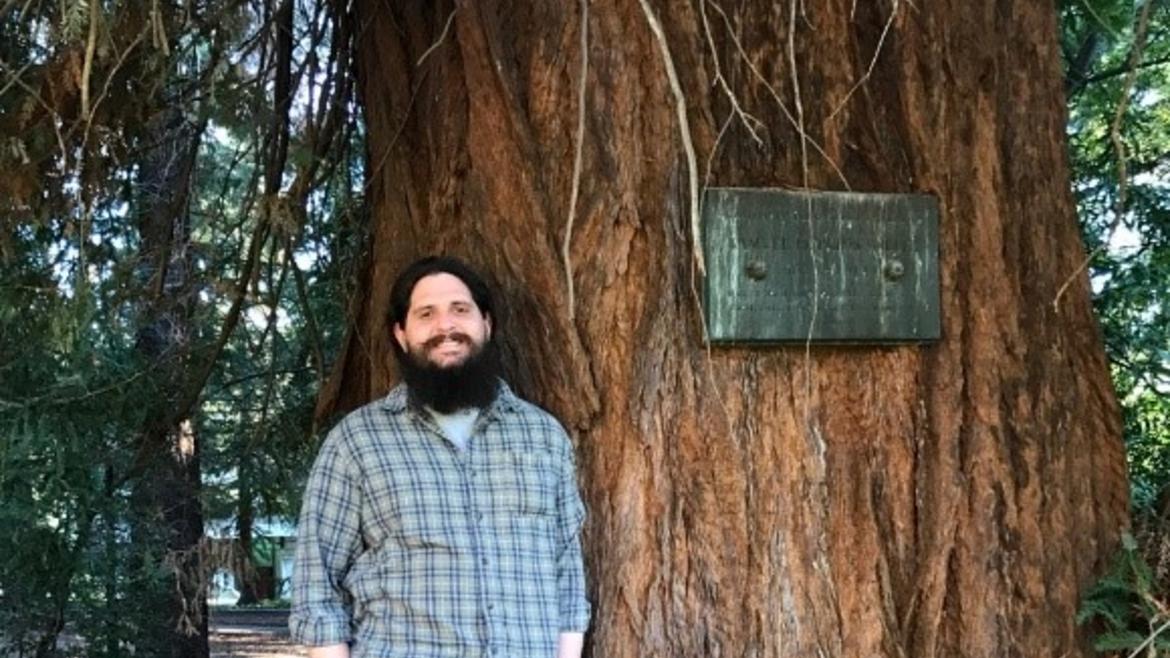
Title: “Understanding the exotic distribution of an invasive insect”
Abstract: Invasive species are organisms whose introduction and spread in exotic ranges result in a multitude of ecological and economic impacts. Consequently, understanding the factors that constrain invader exotic distributions is of considerable interest. Invader exotic distributions can be shaped by biotic associations that emerge from the interface of invader traits and some subset of the traits present in the invaded community. It can be challenging to directly identify key traits that shape invader distributions, but systems where invaders specialize on hosts or resources are ideal for this purpose because key traits are likely conserved between the invader’s native and exotic ranges. One such invader is the South American cactus moth (Cactoblastis cactorum Berg), an escaped biological control agent that infests prickly-pear cacti (primarily taxa in the genus Opuntia). Here I quantify a suite of morphological and tissue macronutrient (i.e., crude fiber, crude protein, lipid) traits of several North American Opuntia taxa and evaluate whether these traits are correlated with patterns of C. cactorum host use in North America. I then predict habitat suitability for C. cactorum using species distribution modeling techniques and trait-based understanding of C. cactorum-Opuntia associations. Lastly, I evaluate the degree of similarity among predictions in order to quantify the relative importance of the modeling constraints imposed in the modeling process. In total, this work facilitates future hypothesis testing regarding specific factors driving the North American invasion of C. cactorum and provides a preliminary foundation for similar approaches to be applied to other invasive species.